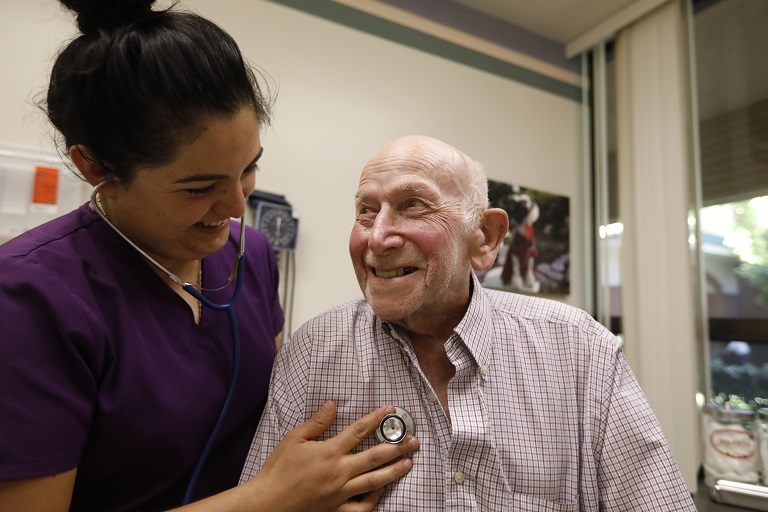A study was published in JAMA Network Open on August 19 that examined the impact of nursing home understaffing due to COVID work restriction policies compared to the impact of allowing mildly ill staff to continue to work. The modeling study found that harm from understaffing due to COVID work restrictions outweighed harm from allowing mildly ill staff to continue to work in simulations of a 100-bed nursing home. While this study was based on simulation rather than real-time experiences, it raises compelling questions about unintended consequences of current policies.
Under requirements at 42 CFR §483.80, nursing homes are required to follow accepted national standards for infection control. Current CDC guidelines recommend that healthcare workers who have tested positive for COVID-19 are restricted from work for a minimum of 7-10 days. This forced work restriction can exacerbate existing workforce shortages, which have been associated with missed care and other resident outcomes. On the other hand, working while ill threatens the health and safety of both residents and health care workers.
Both the existing CDC work restriction guidelines and the findings of this study seem at odds with current public health guidelines that state individuals sick with any respiratory virus should stay home and away from others, ending isolation when they have been fever-free with symptom improvement for at least 24 hours. LeadingAge encourages CDC to re-evaluate work restriction guidelines, examining evidence from this study as well as other available sources, to safely revise recommendations.

 Shutdown Week Three: Impact of Ongoing Closure on Affordable Housing
Shutdown Week Three: Impact of Ongoing Closure on Affordable Housing


